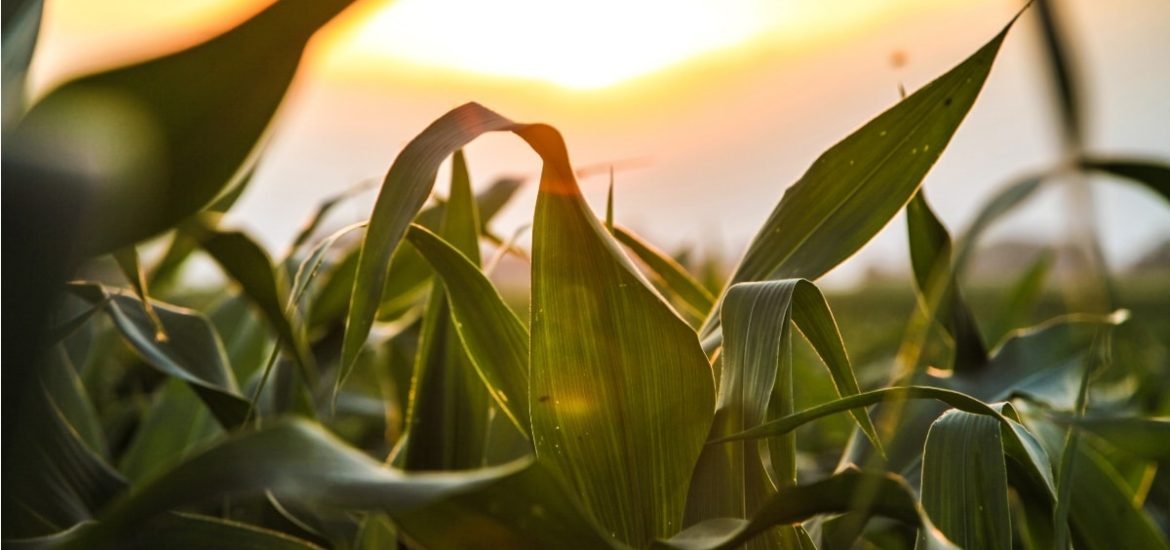
A new study published on 1 October in Nature Plants has shown that boosting the content of an enzyme called Ribulose-1,5-bisphosphate carboxylase/oxygenase (Rubisco) can make maize (corn) plants more productive (1). The enzyme helps convert carbon dioxide into sugar during photosynthesis.
The discovery may be a key step toward improving the agricultural efficiency and yield of maize, a staple food for billions of people around the world. The researchers were able to increase the Rubisco content of a transgenic maize line by more than 30 per cent.
The research team, led by Dr Robert Sharwood from the Australian National University (ANU) in collaboration with researchers from the Boyce Thompson Institute (BTI) and Cornell University in New York, have developed several transgenic maize lines designed to produce more Rubisco, resulting in improved photosynthesis and therefore improved growth. This could potentially increase crop tolerance to extreme growth conditions ― to counter the increasing threats to staple crops owing to climate change.
New higher-yielding and adaptable crop species will be needed in the future to ensure global food security. While corn is the most geographically widespread crop on the planet, it is still only the third most important cereal crop in the world, next to wheat and rice, but is often touted as the food and fuel crop of the future.
All plants use photosynthesis to capture carbon dioxide from the atmosphere but the process is not always the same. Crops such as wheat and rice use the less efficient three-carbon compound (C3) photosynthetic pathway, whereas maize, sorghum, and other plants use the more efficient four-carbon compound (C4) pathway. Plants that use the C4 pathway are particularly well adapted to hot arid environments, conditions which could become more widespread in the future.
Rubisco is the main enzyme involved in photosynthesis, charged with converting CO2 into organic compounds is also the most abundent enzyme on earth. In C4 plants, Rubisco works much faster and these plants are therefore much more tolerant of heat and drought through better water use efficiency.
The scientists found a way to overexpress a key chaperone enzyme called Rubisco Assembly Factor 1 (RAF1) to help make more Rubisco. The findings show that by increasing RAF1 expression and as a consequence, Rubisco content, CO2 assimilation and crop biomass were increased by 15 per cent even in the more productive C4 crop species.
Increasing Rubisco caused greenhouse-grown plants to grow taller and produce more biomass. The next step for the researchers will be testing how well the new Maize performs in fields. Maize is an important crop but both land and energy-intensive to grow, therefore, it will be important to reduce its environmental footprint. Boosting photosynthesis is one promising way of increasing biomass per unit of land. The same approach could possibly be used to increase the yields of other C4 crops like sorghum and sugarcane.
Prof Oliver Mueller-Cajar, a plant biologist from Nanyang Technical University in Singapore wrote in Nature News & Views, “Combining the rapid development of sophisticated and comprehensive Rubisco engineering toolkits… may be a game-changer in photosynthetic engineering — we are on the brink of very exciting times.”
(1) Salesse-Smith, C.E. et al. Overexpression of Rubisco subunits with RAF1 increases Rubisco content in maize. Nature Plants (2018). DOI: 10.1038/s41477-018-0252-4